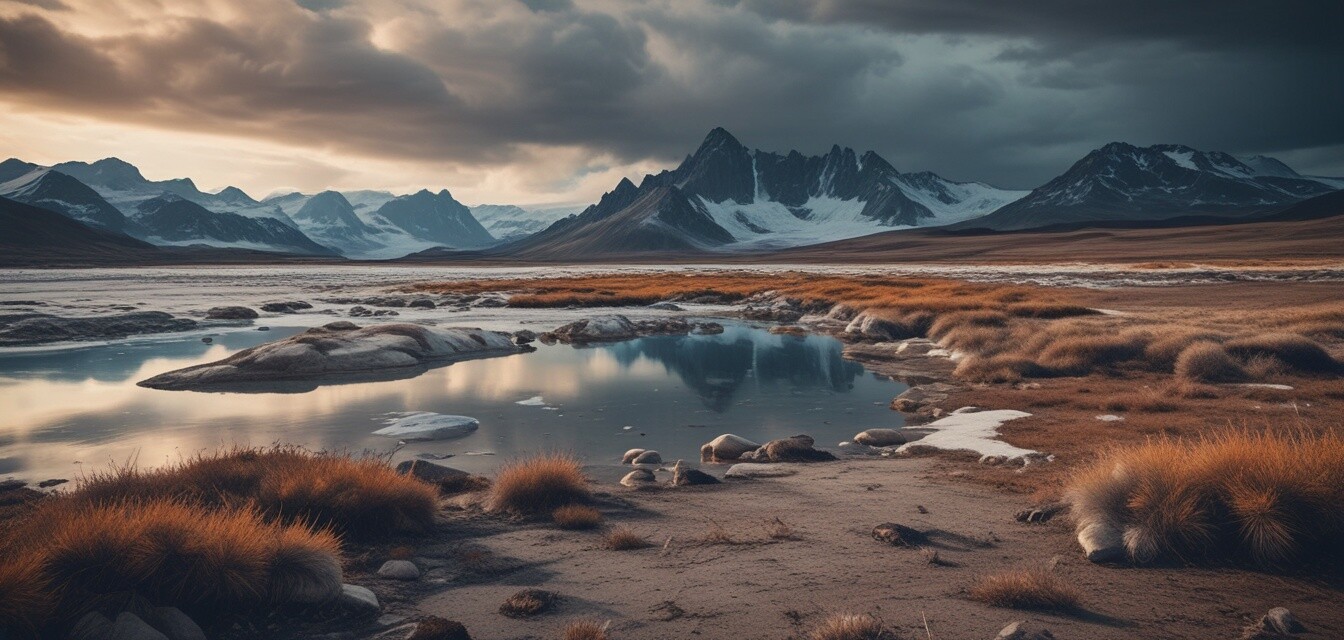
The Impact of Global Warming on Outdoor Adventure Risks
Key Takeaways
- Global warming increases outdoor adventure risks due to changing weather patterns.
- Extreme weather events are becoming more frequent, affecting safety during outdoor activities.
- Understanding the risk landscape is crucial for emergency preparedness in outdoor activities.
As global temperatures continue to rise, outdoor adventurers face a new challenge: an evolving risk landscape. Changing weather patterns bring about extreme conditions that can significantly impact outdoor activities. Understanding these risks is vital for outdoor enthusiasts and emergency planners alike. This article dives deep into how global warming affects various outdoor adventures and what you can do to stay prepared.
The changing climate: What does it mean for outdoor enthusiasts?
Global warming is not just a buzzword; it has real implications for the environment and how we enjoy it. Rising temperatures, altered precipitation patterns, and more frequent natural disasters pose increased dangers for those venturing outdoors.
1. Increased frequency of extreme weather events
One significant effect of global warming is the increase in extreme weather events. This can include:
- Severe storms
- Heavy rainfall leading to flooding
- Prolonged droughts affecting trail conditions
2. Melting ice and changing landscapes
For outdoor adventurers, particularly those taking part in mountain and glacier activities, the melting ice poses significant risks. Hiking or climbing on glaciers exposes adventurers to:
- Unstable ice formations and crevasses
- Increased rockfalls
- Altered routes as trails change
3. Wildlife behavior changes
Warmer temperatures also alter the behaviors of wildlife. Changes may lead to:
- Shifts in migration patterns
- Increased likelihood of human encounters with wildlife
- Changes in vegetation, which can affect food availability
Emergency preparedness in the face of warming
Adventurers and outdoor enthusiasts need robust emergency preparedness strategies as these risks grow. Here are steps to consider:
Tips for Outdoor Preparedness
- Stay updated on weather forecasts and alerts before heading out.
- Carry essential communication devices, such as satellite phones, in case of emergencies.
- Review your first aid kit regularly and ensure it's stocked with necessary supplies.
- Be aware of the signs of changing weather, especially in mountainous areas.
- Create contingency plans for alternative routes if natural obstacles arise.
Staying informed: Resources to consider
Knowledge is key to safety. As risks evolve, adventurers must learn about their environments. Consider checking these resources:
- Buying guides for gear suited to climate changes
- Communication devices for improved safety
- Survival gear essential for emergency situations
- Outdoor tips and resources to stay ahead of changing conditions
Table of changing risk factors and suggested preparations
| Risk Factor | Suggested Preparation |
|---|---|
| Severe storms | Monitor forecasts and choose safe shelter locations. |
| Melting ice | Use updated maps and check for shifting routes. |
| Wildlife encounters | Educate yourself on local wildlife behavior and emergency response. |
| Flooding | Avoid low-lying trails and have escape routes planned. |
Conclusion
Global warming is reshaping the risks faced by outdoor adventurers. By understanding these changes and preparing accordingly, you can enhance your safety and enjoyment of the great outdoors. Continuous education and being aware of the environment's evolving nature is crucial in maintaining a safe adventure experience.